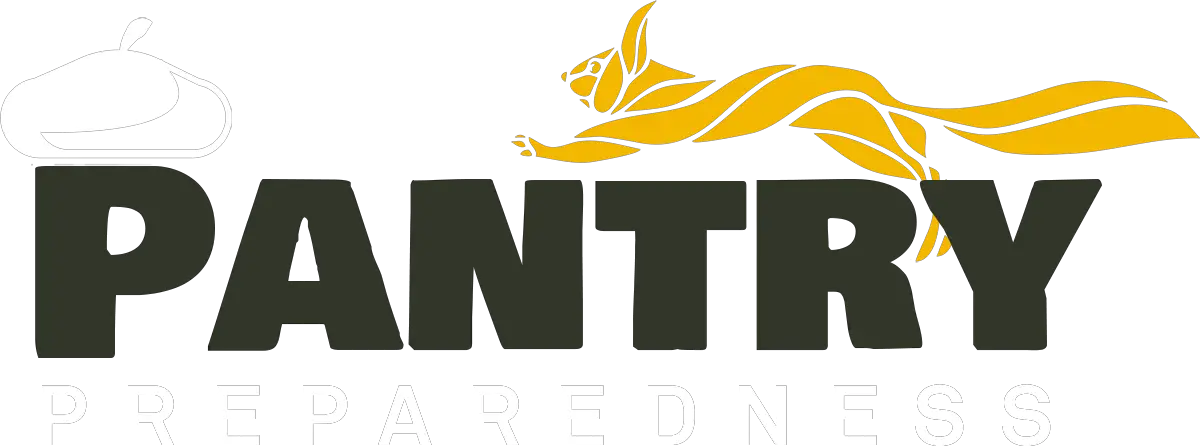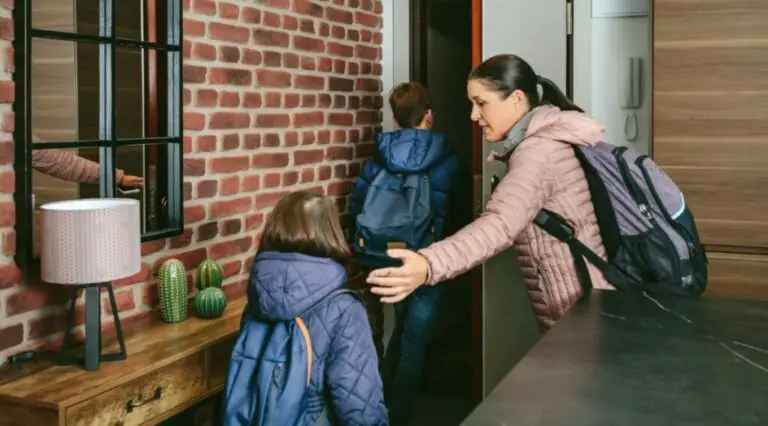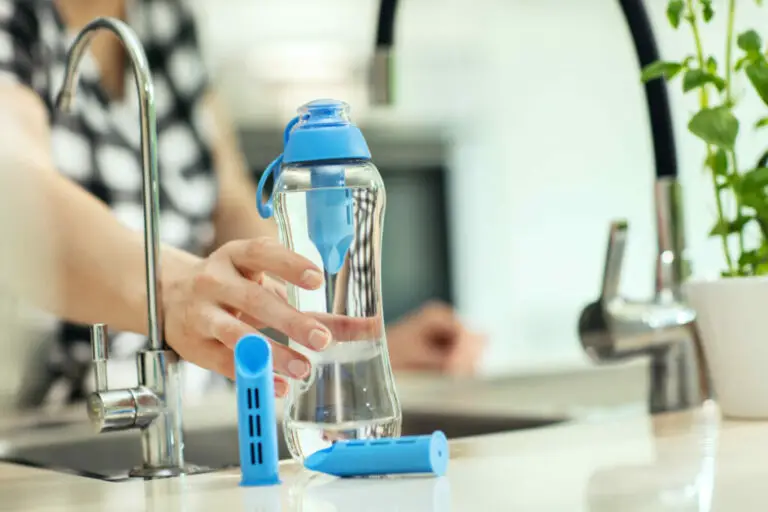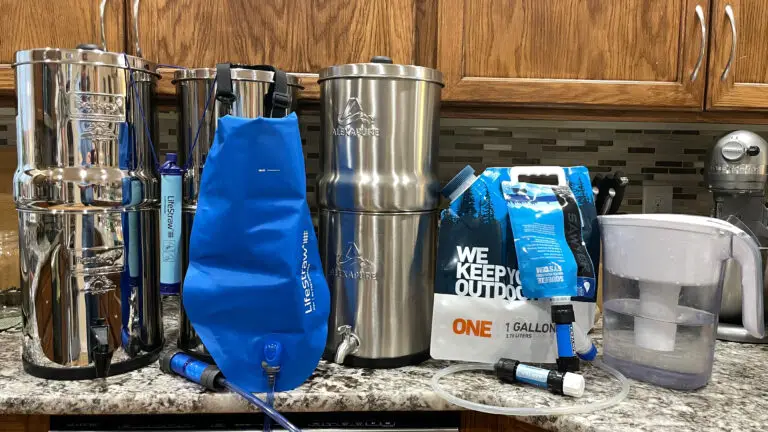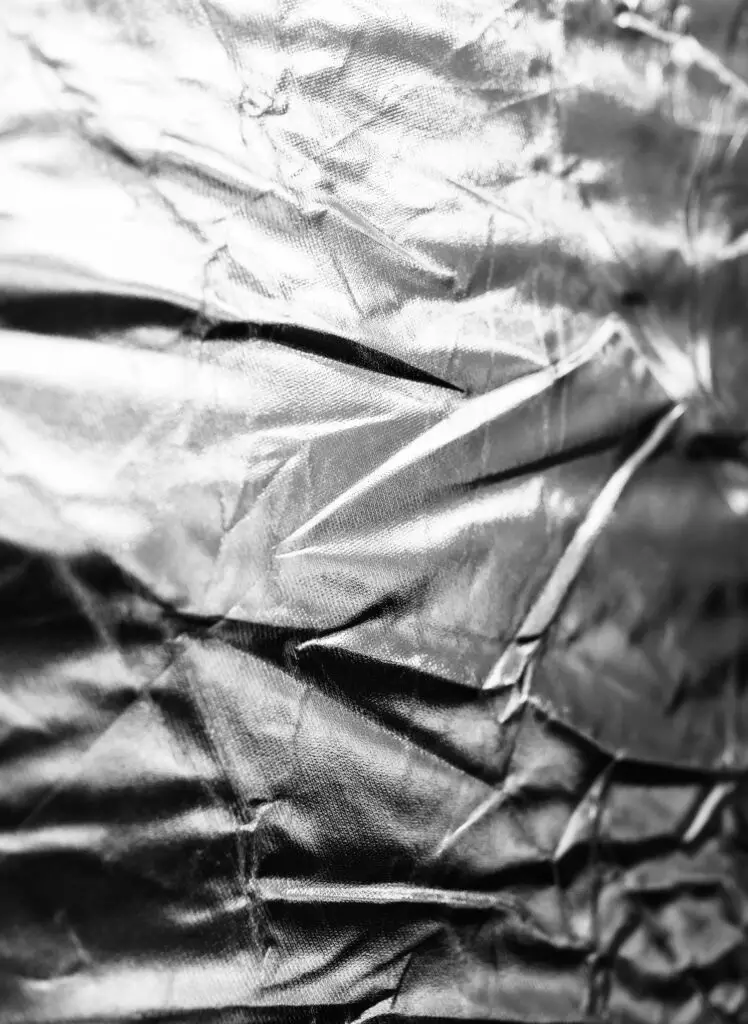
Emergency blankets are valuable assets to anyone’s emergency kit. However, how do you correctly use an emergency blanket?
To use an emergency blanket, wrap it around the person who needs it with the silver side facing their body. The emergency blanket must be large enough to cover most of the person’s body to work correctly. Before using an emergency blanket, make sure it is in good condition.
Below, I will share more information about how to use an emergency blanket correctly and how it can be used in many other unique situations.
How to Use an Emergency Blanket Correctly
Since the goal of using an emergency blanket is to preserve body temperature, the emergency blanket must be utilized to its full potential. You might think that simply wrapping the emergency around yourself or others is easy, however, there is more to this than one might expect. Below, we will talk about how to use an emergency blanket properly while standing up, lying down, or sitting.
How to Use Emergency Blanket While Standing or Sitting
- Find the center of the blanket and put it over your head. This will allow the blanket to trap heat as it escapes from your head. If you don’t want the emergency blanket to cover your head, drape it across your shoulders instead.
- Once the emergency blanket is draped over your head or across your shoulder blades, take one side of it and bring it towards the opposite shoulder. You may tuck the blanket under each arm to keep it secure, but you can hold it to keep it in place as well.
- Do the same thing with the opposite side of the blanket by bringing it towards the opposite shoulder.
- After both sides have been correctly wrapped around you, make the necessary adjustments to ensure your entire body is covered by the blanket.
Some emergency blankets have a built-in hoodie, velcro straps, or other fasteners. If these features are present, consult the emergency blanket’s user manual to use them properly.
Lying Down
Most of the time, it is harder to wrap someone who is lying down in an emergency blanket than it is to wrap someone who is sitting down or standing up in an emergency blanket. This is because the person who is lying down is likely extremely cold, injured, or unconscious.
Here is how to wrap an emergency blanket around a person who is lying down and facing up:
- Place the blanket lengthwise next to the individual.
- Carefully roll the person onto the blanket. Make sure they are facing the sky while on the blanket.
- Bring both sides of the blanket towards each other until they touch or overlap. Make sure the blanket is wrapped tightly around the person who is lying down.
- Secure the emergency blanket with tape or another material.
When you wrap someone in an emergency blanket, you don’t need to remove their clothing unless it is wet. Never layer multiple emergency blankets, as they won’t work properly if you do so.
Which Side of an Emergency Blanket Must Face You?
There are two unique sides to an emergency blanket. One side has a shiny, silver coating, and the other looks dull. The shiny, silver side is the one that must face the body.
The shiny side of an emergency blanket is designed to help retain 90% of the body’s temperature. The dull side of the blanket only reflects 65% of radiated heat, which is heat that comes from outside sources like the sun.
How Big Should an Emergency Blanket Be?
Every emergency blanket varies in size depending on the brand and style. It takes an average of 60 inches of material to effectively cover a person’s body, so try to purchase an emergency blanket that is at least 60 inches long. Emergency blankets can range in length from 50 inches to 80 inches depending on the brand and emergency blanket type.
The size of the emergency blanket you purchase will vary depending on how tall you are. If you are extremely tall, get an emergency blanket that is quite large. If you are packing an emergency blanket to potentially use during a trip with multiple people of various heights and sizes, get one that will fit the largest and tallest person. It is better to get an emergency blanket that is too big than to get one that is too small, as you never know who will need to use it.
6 Unique Ways to Use an Emergency Blanket
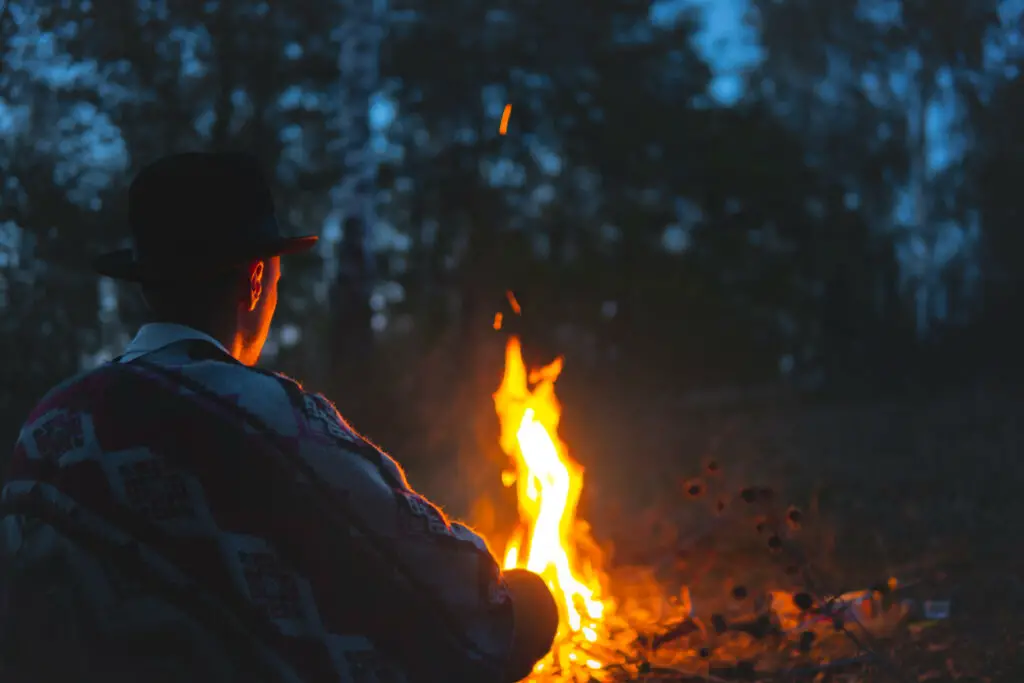
Fire Starting
On warm, sunny days, utilize your emergency blanket to assist in the fire-starting process. The blanket can be used to reflect heat onto tinder wood and help start a fire. However, remember that this method will be less effective on overcast and wet days. It’s also not particularly efficient, so it may take a while for the tinder to catch fire, especially if the wood is damp or green.
Mylar or aluminum polyester emergency blankets can also double as tinder for a fire. Just light it the same way you would any fire (with a flint and steel, matches, or magnifying glass). Keep kindling and firewood on hand for when it catches, as it will only take about a minute and a half for the fire to burn through about a fistful worth of emergency blanket material. However, if you use an emergency blanket to start a fire this way, you won’t be able to use it during an emergency.
As an added bonus, if you have a second emergency blanket or only used a small part of your emergency blanket to start a fire, it can be used to reflect the heat of the fire back toward you. Just make the shiny side faces the campfire and prop it up behind you. Doing so will make your fire a more effective heat source.
Block the Sun
In hot and warm environments, you can use an emergency blanket to block the sun. Make sure that the shiny, silver side is facing the sun or away from you. This will make the emergency blanket reflect the sunlight away from your campsite, keeping it cool. This can help reduce your risk of heat stroke.
Cooking Food
You can use an emergency blanket to help you cook food if you use it to build a solar oven. The blanket’s ability to reflect light is key to igniting the solar cooker if you don’t have matches or a lighter.
A solar cooker made with a mylar emergency blanket can provide all the heat you need to cook small game, fish, or other items. You will need the following items.
- A pocket knife or other type of knife
- A mylar emergency blanket
- Straight branches. You will need 10 branches, including 7 identically sized sticks that are about 2 feet long, 2 more 2-foot long sticks, and one 3-foot long sharpened stick.
- Twine (or sturdy grass, straw, strips of bark, or another twine substitute that has been softened in water).
How to Make a Solar Cooker
- Take two two-foot-long sticks and bind them together, 3 inches away from the end of both sticks. The ends of each should be lined up with each other.
- Repeat step 1 with another pair of 2-foot-long sticks. You should now have two sets of sticks bound together at the top in a way that allows them to bend at the joint to form a V shape.
- Use these sticks to create a sort of A-frame by splaying them out into a V shape and putting a stick in between the joints at the top of the A to form what looks like a tent. It will be shaped like a triangular roof, with two upside-down V structures supporting a single pole at the top.
- Stabilize it by attaching a branch at the bottom of the A-frames. You will now have a roof-shaped structure with sticks bracing the bottom of your V-shaped supports.
- Tie one of the sticks parallel to the top stick of your tent that you laid across the frames so that it joins both sets of V frames at the bottom. Repeat this step on the other side. You should now have a triangular prism, with lashings around each of the “joints” wherever sticks are connected together. Add more lashings if necessary to make the solar oven more sturdy.
- Attach two sticks to the middle of your A-frames so they point toward the sky. Ensure they are perpendicular to the bottom supports of your A-frames and sticking out nearly entirely to one side.
- Lay out the mylar blanket underneath the oven. There should be a good amount of leftover material on the edges when you lay it out.
- Wrap the mylar around the frame starting with the top, and bind it to the sticks with more cords if necessary. When you’re done, one side of your triangular prism (the rectangular face opposite the side where the two sticks in the middle of the A-frames extend out on one side) should be open, with the shiny side of the sheet on the inside of the oven.
Signaling Device
Because of the reflective nature of an emergency blanket’s shiny, silver side, it can be used as a signaling device. Similar to emergency warning devices like reflective clothing, tape, and triangles, emergency blankets offer effective visibility during the day and night. Whether you hold it yourself and attempt to reflect the sun’s rays at just the right angle to alert a passing ship or plane, or you want to go the passive route and tie the blanket so it looks like a flag, the reflective properties of an emergency blanket could be the difference between a quick rescue or a long stint in the wilderness.
Flotation Device
You can use your emergency blanket as a flotation device! When using an emergency blanket as a floatation device, make sure there is plenty of air in the blanket before you completely seal the edges. Use duct tape to seal the edges of the blanket so air doesn’t escape.
Rain Catcher
While it is raining, you can use your emergency blanket to catch rain so you can drink it after you clean and filter it. Mount the blanket at a reasonable elevation height. Ensure that you have an effective system of getting the water from the blanket into your water bottles and other containers. If it is snowy outside, put snow on top of the mounted blanket and either allow the sun’s heat to melt the snow or use another heat source. However, make sure the heat source won’t melt or burn your emergency blanket.
When Should You Not Use an Emergency Blanket?
Despite its versatility, there will be times when using an emergency blanket is not recommended. If the emergency blanket is worn, torn, or has faded aluminum coating, you must replace it immediately, as it won’t be effective.
Here are some situations where using an emergency blanket is not recommended:
- Never use emergency blankets as sleeping bags. Emergency blankets are designed for temporary use, and attempting to use them as a sleeping bag will shorten the lifespan of the emergency blanket. Additionally, emergency blankets are not breathable and will retain moisture, resulting in an uncomfortable, sweaty sleeping experience.
- Regardless of medical conditions, emergency blankets are not substitutes for professional medical assistance. Only use an emergency blanket for short-term care.
- Do not confuse an emergency blanket with a fire blanket. While both help deter outside heat, an emergency blanket is flammable and will melt when exposed to high temperatures.
- Though waterproof, emergency blankets are not meant to be submerged under water or exposed to heavy rainfall for long periods of time. Only use them when necessary to protect either you or your items for a brief period of time.
These are only some of the many situations where an emergency blanket is not recommended to be used. Know what you plan to do with the emergency blanket and determine whether or not it will be a good or bad idea to use it.
